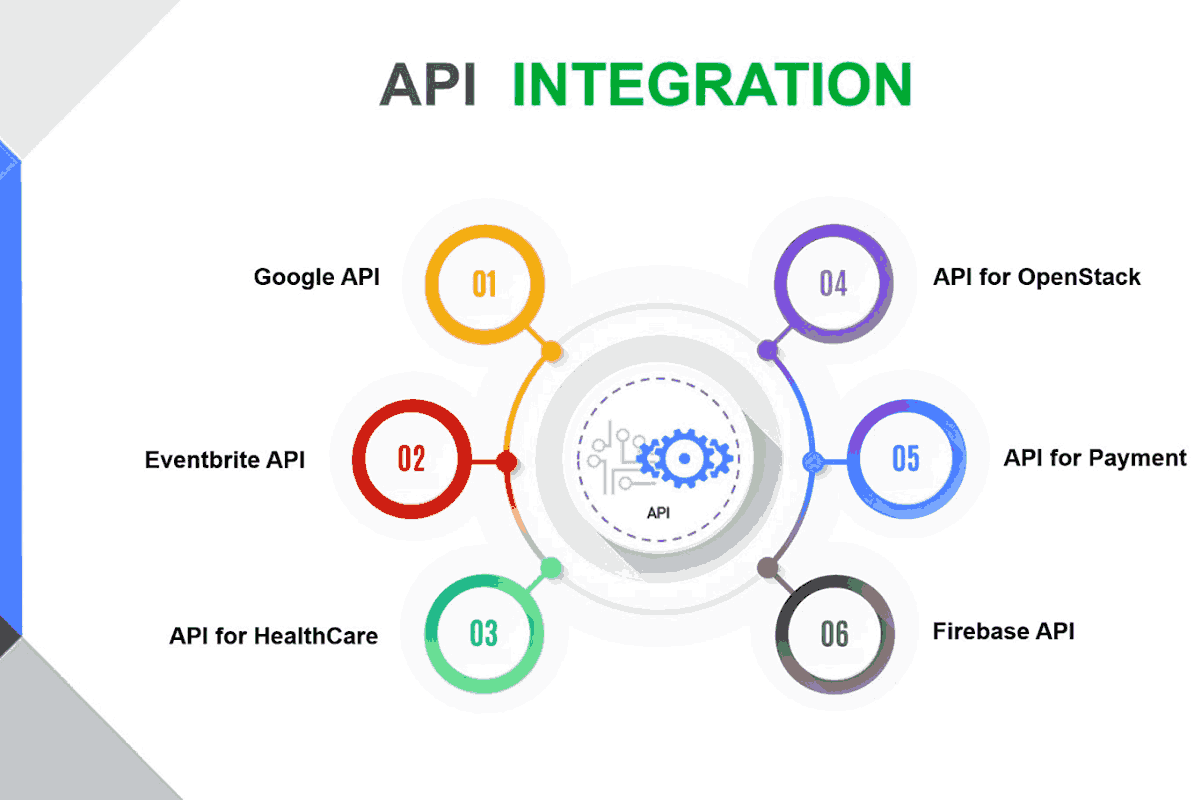
In the world of software development, both front-end web developers and Android app developers face unique challenges. Front-end developers focus on creating responsive, visually appealing websites that work across various browsers and devices, often contending with layout issues, browser compatibility, and performance optimization.
On the other hand, Android developers must navigate the complexities of mobile app development, including diverse screen sizes, hardware constraints, and maintaining app performance across different Android versions.
In this article, we’ll explore each role's specific hardships, shedding light on the skills and problem-solving techniques required in both fields.
Front-end hardships vs. Android developer hardships
Front-End Developer Hardships
Front-end development is critical for visually appealing and user-friendly websites but comes with challenges. One of the most significant issues front-end developers face is browser compatibility. Different browsers, such as Chrome, Firefox, Safari, and Edge, often interpret HTML, CSS, and JavaScript differently.
This inconsistency forces developers to write additional code or use polyfills to ensure their website functions correctly across all major browsers. Keeping up with the latest browser updates and features can be time-consuming, as new versions frequently introduce or deprecate certain functionalities.
Another common hardship is building responsive designs that work seamlessly across various devices, from desktop computers to smartphones. Developers must ensure that websites are adaptable to various screen sizes and orientations, requiring a deep understanding of CSS frameworks, media queries, and layout techniques like Flexbox and Grid.
Achieving a consistent user experience on every device can be difficult, especially when accounting for varying pixel densities and screen resolutions, which may affect visual elements like images, fonts, and interactive components.
Moreover, the ever-evolving nature of JavaScript frameworks and tooling adds to the complexity. Front-end developers must stay up-to-date with myriad libraries and tools, such as React, Vue.js, and Angular, each of which comes with its learning curve and best practices.
While these frameworks streamline the development process, they also introduce challenges in managing dependencies, optimizing build performance, and ensuring the final code is lightweight and fast-loading. Balancing modern front-end tools with performance optimization is crucial for creating web applications with rich functionality and speed.
Lastly, front-end developers often face challenges related to accessibility and performance optimization. Websites must be accessible to users with disabilities, which requires developers to follow accessibility guidelines and test their sites with screen readers and other assistive technologies.
At the same time, they must ensure that the site loads quickly and performs well, even on slower connections or less powerful devices. This can involve optimizing images, minifying code, and leveraging browser caching while maintaining the site’s design and functionality.
In summary, front-end developers must constantly juggle browser inconsistencies, responsive design, modern frameworks, and performance optimization while ensuring their websites deliver an excellent user experience across all platforms.
Android Developer Hardships
Being an Android developer has its fair share of challenges, making it a rewarding yet demanding career path. One of the primary hardships is dealing with the vast fragmentation of the Android ecosystem.
With a multitude of devices from various manufacturers, each running different versions of the Android operating system, developers must ensure their apps are compatible across a wide range of devices and screen sizes. This often requires extensive testing and optimization, adding significant time and complexity to the development process.
Another major challenge is keeping up with the rapid pace of change in the Android development landscape. Google frequently updates the Android platform, introducing new features, APIs, and best practices. While these updates can enhance the capabilities of apps, they also require developers to learn and adapt continuously. This can be particularly taxing when older projects must be updated to comply with new standards or support the latest operating system versions.
Performance optimization is another area where Android developers often struggle. Achieving smooth, responsive user experiences across devices with varying hardware capabilities can be difficult. Developers must carefully manage resources, optimize code, and often work around the limitations of the hardware to ensure that apps run efficiently.
Moreover, Android developers frequently face challenges related to security. Android’s open nature makes it more vulnerable to security threats, requiring developers to be vigilant about securing their apps and protecting user data. This includes implementing best practices for data encryption, secure communication, and safeguarding against potential vulnerabilities.
Lastly, the sheer competition in the Android app market adds to the pressure. With millions of apps available, standing out in the Google Play Store is increasingly difficult. Developers need technical skills and a deep understanding of user experience, design, and marketing to create functional but also appealing and successful apps.
In summary, while being an Android developer offers many opportunities, it also comes with significant challenges, from dealing with fragmentation and performance issues to staying updated with the latest changes and ensuring security. Overcoming these hardships requires continuous learning, dedication, and a passion for creating quality applications.
Skillsets and Tools Comparison
When comparing the skillsets and tools required for front-end development versus Android development, it's clear that both disciplines present unique challenges, though they share some common ground.
Front-end developers primarily focus on creating user interfaces for web applications. Their challenges often stem from ensuring that websites are responsive and consistent across various browsers and devices. They work with various tools and technologies, including HTML, CSS, JavaScript, and frameworks like React or Angular.
One of the main hardships is browser compatibility issues, as different browsers can interpret the same code differently. This requires front-end developers to continuously test and tweak their designs to ensure a seamless experience for all users. Additionally, front-end developers must stay updated with the rapidly evolving ecosystem of web technologies, balancing new trends with the need for backward compatibility.
On the other hand, Android developers deal with the challenges associated with the Android ecosystem’s fragmentation. They must ensure their apps run smoothly on various devices with different screen sizes, hardware capabilities, and operating system versions. Android development often involves using tools like Android Studio, Java or Kotlin for programming, and various APIs provided by Google.
One significant hardship is optimizing app performance across devices with varying specifications, which can be time-consuming. Furthermore, Android developers need to be vigilant about security, as the open nature of Android makes it more susceptible to threats. Keeping apps secure while providing a good user experience is a delicate balance.
Both front-end and Android developers must be adept at performance optimization and user experience design, though the platforms they work on and their specific challenges differ. Front-end developers wrestle with browser inconsistencies and the constant evolution of web standards, while Android developers face the challenges of device fragmentation and the complexities of mobile performance optimization.
In conclusion, while both front-end and Android developers encounter distinct hardships, they share the goal of creating smooth, user-friendly experiences, each requiring unique skills and tools to overcome the challenges inherent to their platforms.
Keywords:
- Front-end hardships vs. Android developer hardships











Leave a comment